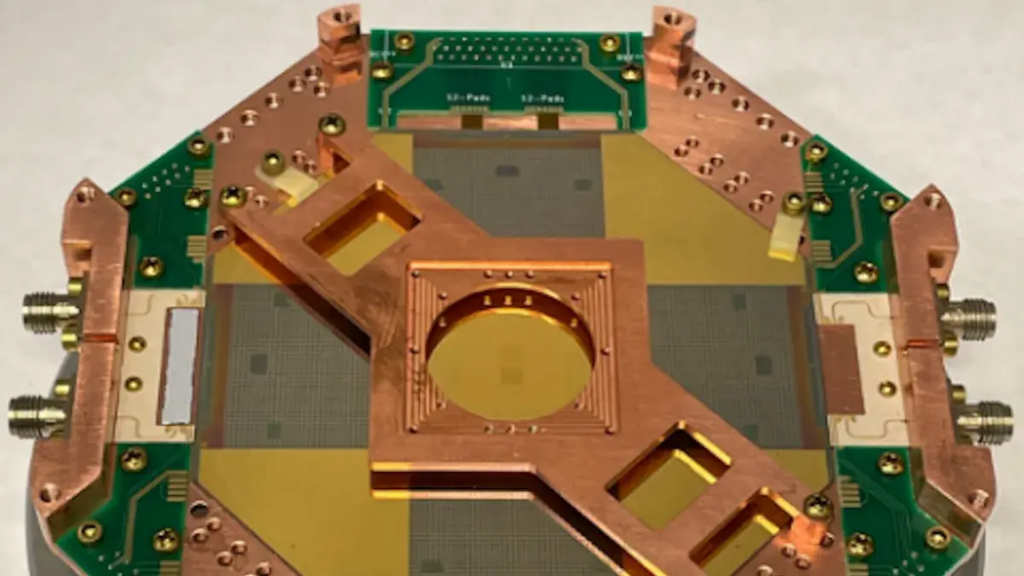Over the past half-decade, NASA, in collaboration with scientists from MIT and the National Institute of Standards and Technology (NSIT), has embarked on a pioneering project. Their mission? The creation of an advanced X-ray camera with remarkable imaging and spectroscopic capabilities. This new technology is a game-changer in the world of X-ray microcalorimetry, specifically known as a magnetic microcalorimeter.
The recent collaboration has given rise to X-ray arrays boasting over 100,000 pixels each. What makes these arrays truly exceptional is their energy resolution, which surpasses that of traditional X-ray CCD cameras by a factor of two. To put this in perspective, consider NASA’s joint venture with JAXA, the XRISM mission, which is set to launch soon. XRISM features a microcalorimeter array with just 36 pixels. Similarly, the European Space Agency’s (ESA) ATHENA mission is expected to have a microcalorimeter array with approximately two thousand pixels.
In contrast, NASA’s new arrays push the boundaries, achieving “angular scales and array sizes normally only associated with charged-coupled device (CCD) cameras,” as described by the US space agency in its blog post.
This exceptional high-energy resolution plays a pivotal role in measuring various attributes of astrophysical plasmas, including abundances, temperatures, densities, and velocities. Such measurements are poised to unveil the fundamental drivers of galaxy evolution concealed within the universe’s plasma.
So, how does this innovative microcalorimeter function? It employs an absorber to detect incoming X-rays. When an X-ray interacts with the absorber, it converts into heat, which is then quantified using a thermometer within the instrument. The temperature rise is directly proportional to the X-ray’s energy. Magnetic microcalorimeters take this a step further, employing thermometers with paramagnetism to provide highly precise temperature readings, enabling high-precision X-ray measurements.
One of the most substantial challenges in microcalorimeter innovation has been fabricating the intricate superconducting wiring required to connect all the pixels within an array. The NASA-MIT-NSIT team claims to have overcome this hurdle by incorporating multiple layers of buried wiring beneath the detector chips’ surface, where the arrays are subsequently built. MIT’s contribution involves developing a process that accommodates over eight layers of superconducting wiring with high efficiency.
Meanwhile, NSIT is working on a microwave-multiplexer superconducting quantum interference device (?-MUX SQUID) read-out. This advancement will enable measurements for the expansive arrays of pixels.
The ultimate goal of these large-area, high-angular-resolution, imaging X-ray spectrometers is to unravel the mysteries of galaxy formation by observing the cores of galaxies themselves. These cutting-edge tools will shed light on the essential catalysts driving the evolution of galaxies, with a particular focus on the warm-to-hot plasma believed to exist in the intergalactic spaces between galaxies. These intergalactic regions contain a substantial portion of the universe’s “normal matter” and extend far beyond the visible boundaries of galaxies, making them a crucial subject of exploration.

